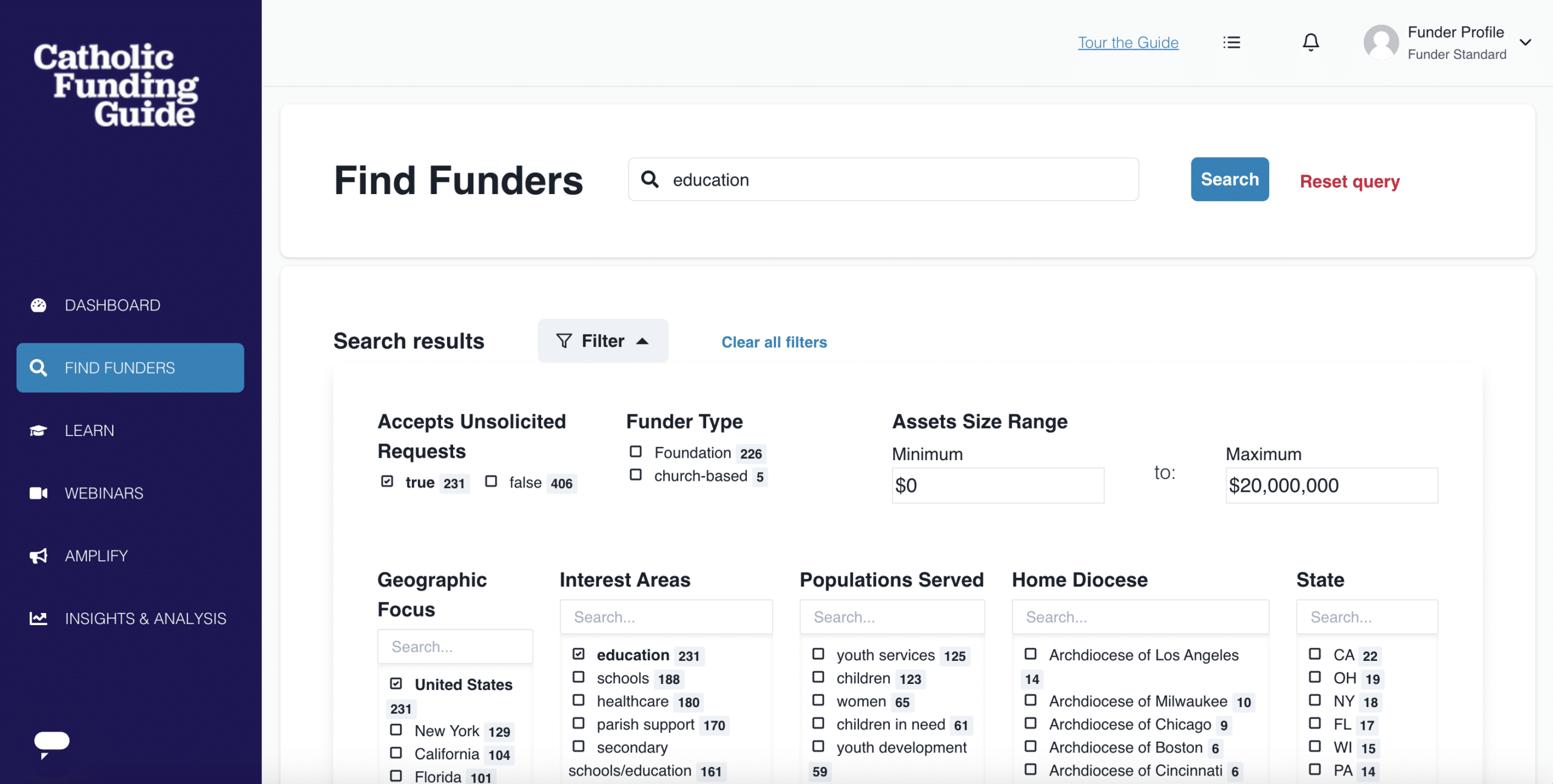Nonprofits rely on donors to carry out their important work—which is why they (rightly) spend a majority of their effort cultivating relationships with donors vs. closing doors on them. However, there are two situations where it may be necessary to end a relationship with a donor. One situation, lapsed donors, is a common and much-discussed issue in the nonprofit sector. Less common, and almost taboo, is the topic of difficult donors.
What Are Lapsed Donors?
A lapsed donor is one who has given to your organization before, but no longer gives. Reasons vary and can include:
-
- They can’t afford it anymore
-
- Their credit card expired on recurring gifts
-
- They decided to pursue another cause
-
- They didn’t feel needed or appreciated
-
- They didn’t understand how their money was used
-
- They didn’t receive updates about the project(s) they funded
-
- They heard from you too often or not enough
-
- They were asked too often for money, resulting in donor fatigue
-
- They disagreed with the nonprofit on some level (for example, how a challenge in a project was handled or a stance that was publically taken on a social issue)
-
- The person they were in contact with most has left the organization
Tip: In order to identify and address lapsed donors, you must first have a way to track each donor’s giving cadence. Some recurring gifts are scheduled quarterly; some annually; some monthly; and so on. Before identifying a donor as “lapsed,” make sure you understand the definition based on your donors’ giving patterns and preferences.
How to Re-Engage Lapsed Donors
Once you have a verified list of lapsed donors for your organization, here are the three most important things to do.
-
Have a winback campaign in place.
According to The Giving Block, only 5% of lapsed donors will give again. At the same time, it costs significantly less to win back lapsed donors than to win new donors. Although the ROI may be low, it is worth the effort to have a win-back campaign in place.
This campaign will look different for recurring gifts vs. grant funders. Grantors will require more connection on a personal level; for example, you may reach out to schedule a coffee or lunch with them.
For recurring gifts or donors who give smaller amounts, a win-back campaign may include a series of emails, postcards, and letters. You can also call or text them, depending on what types of communication they originally signed up for and the level of connection they have with your organization.
Lapsed donors will typically respond in one of three ways to your efforts:
-
- They simply don’t respond to any efforts of communication.
-
- They ask specifically to be taken off your contact list.
-
- They re-engage with you or your organization and start giving again.
If a lapsed donor makes it all the way through the win-back workflow without responding to any solicitations, or if they expressly state their interest in moving on, it’s time to remove them from your lists. Archive their data so that attempts are not repeatedly made by other members of the team to solicit donations.
Keep in mind that ending a relationship with a lapsed donor may not be the end of your organization’s connection with the donor. For example, your team may encounter them at a networking event or alumni gathering. They may continue to support your organization in non-financial ways, such as sharing your organization’s work on their social media accounts or in person with colleagues and friends.
-
-
Find out why they lapsed.
-
Your organization can fundraise most effectively and offer the best donor experience when you understand why donors lapse. Before ceasing communication with lapsed donors, conduct an exit survey. This could be done via email or text, by phone or video chat, or in person, depending on the donor and their communication preferences. You can also reach out in multiple ways to give them options for providing feedback. This is generally acceptable as long as you avoid inundating their inbox, mail box, or phone.
-
-
Prevent common reasons for lapsing.
-
Some of the situations that cause donors to lapse can be easily prevented. Here are some ways to address the most common culprits:
-
- Expired credit card. Implement a system that automatically prompts donors to make an update when their card is about to expire.
-
- Communication expectations. Ask donors how often they wish to hear from you. This could be automated (for example, including an email in the new donor workflow that asks them to specify communication preferences) or personalized (for example, ask major donors how often they want to hear from you with updates and other communications).
- Feeling unneeded. Donors who support your cause generally want to know the impact of their gift. Some might want to know specifically how their money is being used (which tends to be more common with large donations); others might simply want to know how their gift helped the organization achieve a goal or help those it serves. Sharing gratitude, success and impact stories, and details about how donations are used can make a difference in whether a donor continues to support your organization. Hosting donor appreciation events—which is possible even on a tight budget—and making the effort to send holiday cards and thank you notes will help donors feel appreciated and needed, as well.
- Feeling disconnected from the organization. Sometimes donors may feel connected to a specific person at your organization rather than the organization as a whole. This can make it difficult to retain such donors if the person they feel connected to moves on to a new opportunity. Although each staff member at your organization is unique and will naturally form different connections with different donors, it’s important to involve multiple team members in stewarding donors to help foster a sense of connection with your entire organization and mission. This may be more challenging if you have a small team, but try to do it as much as is feasible.
How to Deal with Difficult Donors
Difficult donors require a different approach than lapsed donors. In many cases, a donor who is being difficult is at the same time enthusiastic about supporting your mission. So the idea of parting ways with a donor—especially one who is providing significant financial support to your cause—can seem counterintuitive; even foolish.
Even so, if you find yourself in a messy situation with a donor, it’s important to address the issue for the good of your nonprofit and your cause.
Here are some reasons you may consider parting ways with a donor:
-
- They communicate poorly, treat you badly, or instigate arguments
-
- They have stringent policies that make it difficult to actually use the funds they have given
-
- They micromanage your use of the funds or other aspects of the nonprofit
-
- They are not understanding of unexpected challenges despite your best efforts to communicate and mitigate the impact on the project
-
- They contact you too much or make unreasonable demands (for example, asking for confidential information)
-
- They don’t adhere to your policies (for example, safeguarding)
-
- They are engaged in illegal or unethical practices
Many of these situations can be avoided entirely by communicating well during the grant seeking process and making sure the fit is mutual before agreeing to anything. If any of these issues do arise, it’s worth a serious discussion with your team.
How to Know When to End a Donor Relationship
There are four key steps to take when you feel a donor relationship may need to end:
-
- Discuss with your team
-
- Agree on a solution
-
- Prepare for the conversation
-
- Discuss with the donor
Here are some tips on how to progress constructively through these four steps.
Tip #1: Brainstorm a solution
When it’s time to discuss the issue with your team, strive to be honest while at the same time keeping things constructive. Brainstorm possible solutions and come up with an approach for talking with the funder.
Sometimes, you may find that a funder is receptive to your feedback, allowing you to maintain the relationship and move forward in a more positive direction. Conversely, you may attempt a solution and the problematic behavior does not change, or you conclude that the mission of your nonprofit is at stake if the relationship continues. Regardless of how things turn out, it’s usually worth attempting a solution first.
Tip #2: Focus on the goal
Talking about difficult donors with your team can be uncomfortable. Your team may have varying emotions and opinions on the subject. Setting an overarching goal for the outcome of the decision makes it easier to ensure a productive conversation. You can also set smaller goals for each conversation you have about the subject, if more than one is needed.
For example, the overarching goal should be to ensure your nonprofit is able to carry out its mission as defined by the mission and vision statements. A smaller goal for a conversation might be to create a list of pros and cons of ending a relationship with a particular donor.
In every conversation about the decision, stay focused on the goal and gently remind your team to do so if the discussion veers elsewhere. If you decide to end the relationship, it should be for the good of the nonprofit and the mission.
Tip #3: Practice and prepare
A tough conversation with a donor can be nerve-wracking, but you’ll feel a lot more confident with a little preparation. This includes:
-
- Determine ahead of time who should be involved in the conversation. Practice with them beforehand and make sure you are all on the same page about how the conversation should go.
-
- On the day of the meeting, give yourself time beforehand to emotionally and mentally prepare, and afterwards to process and unwind.
During the conversation:
-
- Keep the conversation constructive and focus on the goal.
-
- Be courteous and direct in your communication.
-
- Spend some time answering any questions or concerns the donor may have.
-
- Take notes and document the meeting thoroughly in case you need it for future reference.
The way you let a funder go can have an impact on your network. Be honest, direct, and cordial as you part ways.
While the dynamic between funders and nonprofits can sometimes be complex, the partnership between them is a powerful force for bringing about God’s kingdom on earth. Here are some of the best ways to cultivate fruitful relationships with donors.




